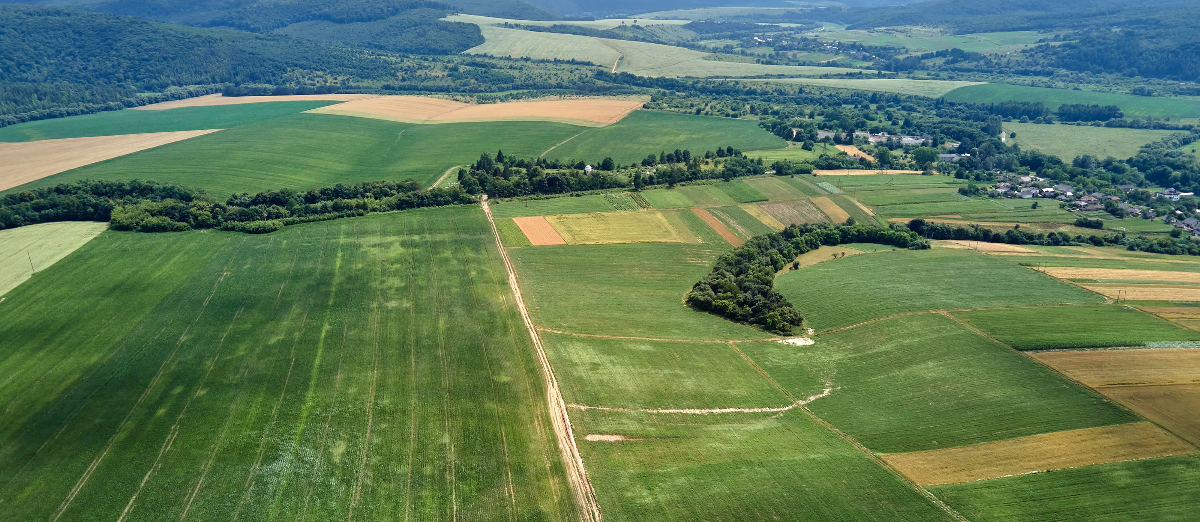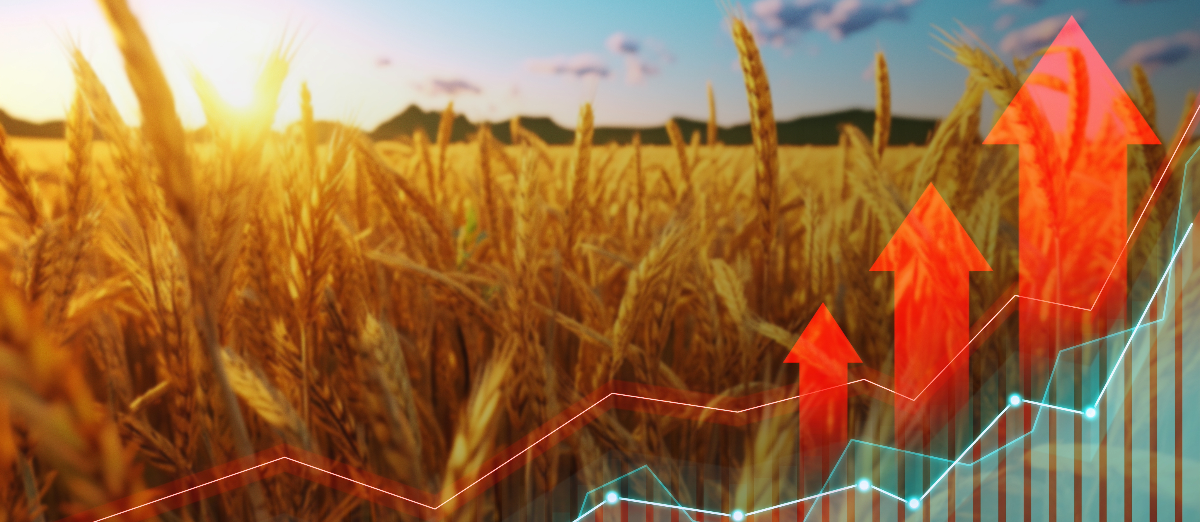2023 Farm Bill Completion Remains in Limbo as Congress Returns from its August Recess
Author(s): Will Snell
Published: August 29th, 2023
Shareable PDF
This past month Congress has been on its annual August recess and will be returning after the Labor Day holiday to begin the charge to pass a new farm bill. The current 2018 farm bill expires on September 30, 2023. In the midst of anticipated lower future prices for most ag commodities, higher borrowing costs, and reduced ad hoc government outlays for farmers, the ag community is urging Congress to pass this ongoing piece of legislation that has been in place since the New Deal programs of the 1930s. However, upon its arrival back to our nation’s capital, Congress faces a host of appropriation bills that must be passed to keep the government running after September 30th which will likely take on a lot of valuable floor debate and ultimately slow down the progress of a new farm bill. In total, there are only 11 scheduled legislative days when both chambers will be in session during the entire month of September. Although both the Senate and House ag committees have conducted numerous hearings on developing a new farm bill, neither body has “marked up” a bill and passed a bill in committee to deliver to the floor for consideration. So, the bottom line is don’t anticipate passage of the 2023 farm bill prior to the September 30th deadline. Even without a new farm bill by September 30th, many farm bill programs such as farm commodity and dairy support, crop insurance, and nutrition programs will continue with a more pressing deadline of passing a new farm bill before December 31, 2023. (Click here for more details.) While leadership within the ag committees remains optimistic that Congress can send a new farm bill to the President for his signature prior to the end of the year, many challenges loom moving forward.
In reality, not many new issues have evolved since I provided my last update in this newsletter back in late April. (Click here to see the article). Most of the debate has continued to center around crop insurance, reference (safety-net) prices, conservation programs, trade promotion, and of course food assistance programs (i.e., food stamps/SNAP). Traditionally passage of a farm bill has benefited from bipartisan support which will once again be critical to getting this one across the finish line. However, there are plenty of differences on issues across and even within political parties on general farm support and nutrition program structure, eligibility, and funding. Plus, there is the usual debate on equity of program support across commodities and geographical regions.
Funding remains a key challenge moving forward as various agricultural groups are requesting increases in reference prices to offset higher input costs along with additional risk management coverage for specialty crops and livestock enterprises. Environmentalists are seeking additional dollars for expanded conservation programs and technical support. Nutrition supporters are demanding to maintain/increase food assistance for low-income households challenged by this economy. Increases in funding various farm bill programs will likely have to be offset with decreases in funding for other programs as established by the farm bill baseline. If the ag committees can come to an agreement on the components and the funding levels to pass a bill out of committee, then one can likely expect a host of amendments to evolve once the bill hits the Senate and House floors where a block of members on both sides of the aisle have some concerning differences on the “appropriate” level of taxpayer dollars to fund an estimated $1.5 trillion farm bill amidst on-going federal debt/deficit challenges.
Over the past two months, there has also been a lot of attention within the farm bill debate to the concept of “base” acres which are used in the calculations of payments for the two primary safety net programs (Price Loss Coverage (PLC) and Agricultural Risk Coverage (ARC)) for eligible crops (primarily corn, wheat, and soybeans for Kentucky). Base acres within the current farm bill were established over two decades ago and were tied to historical plantings and not to current planted acres. This policy action is designed to allow U.S. producers to make their cropping decisions based on current market conditions and not in response to anticipated government payments. This so-called “decoupling” of the cropping decisions also passes the scrutiny of the World Trade Organization (WTO), the international body that plays referee on policies impacting trade. As a result of policy structure, farmers with eligible base acres can actually receive payments on crops for which they no longer plant.
Given the changes in cropping patterns over the years there are a significant number of planted acres that are not eligible for farm bill safety net payments. This is especially true for soybeans in our state where Kentucky has a tad over 900,000 base acres of soybeans, but in recent years planted around 1.9 million acres of soybeans. Some of these acres might have shifted from one program crop such as wheat to soybeans (and thus retain price/income protection), but there are likely a significant number of farms in Kentucky that have shifted out of livestock or some other non-farm bill enterprise such as tobacco into grain production after the establishment of historical base acres eligible for farm bill payments. The 2014 farm bill did allow farmers a one-time adjustment to reallocate base acres within program crops, but not to increase their total level of base acres.
A recent Senate Ag Committee analysis indicates that Kentucky would be one of 16 states that would benefit from a mandatory update in base acres. However, according to the analysis, the majority of U.S. states would likely observe farm bill payment losses as eligible base acres shift to crops with a lower degree of support within the farm bill. In total, the study indicates a net loss approaching $2 billion with a new mandatory realignment of base acres. While this action could free up some dollars for other farm bill programs/safety net measures, as with any significant policy change there will be winners and losers which may threaten overall support for dramatic changes in the current farm bill structure given anticipated tight vote margins expected to pass a new farm bill.
So hang on for some heated debate and creative budget/policy maneuvers to construct a potential passable farm bill within the next few months … or simply an extension of the 2018 farm bill.
Recommended Citation Format:
Snell, W. “2023 Farm Bill Completion Remains in Limbo as Congress Returns from its August Recess." Economic and Policy Update (23):8, Department of Agricultural Economics, University of Kentucky, August 29th 2023.
Author(s) Contact Information:
Will Snell | Extension Professor | wsnell@uky.edu
Recent Extension Articles
Interest Rates and Grain Storage
Grant Gardner
For the 2023/24 marketing year, higher interest rates will negatively impact producers' costs for holding grain in storage, especially for producers utilizing operating loans. This article examines the operating loan interest cost of storing grains at different interest rates and lengths of time and how to calculate operating loan interest costs when the grain is stored. The article also provides charts to depict the change in operating loan interest cost of storing corn, soybeans, and wheat.
2023 Tobacco Update
Will Snell
The 2023 tobacco harvest is well underway for the 2023 season. This is setting up to be a late harvested crop as early weather conditions delayed progress. While there are pockets of very good crops, excessive rain has certainly had a negative impact on the crop in certain areas, especially the dark tobacco crop in the Purchase region.




